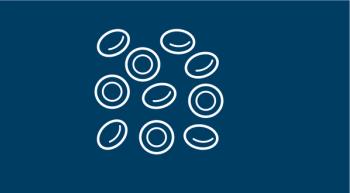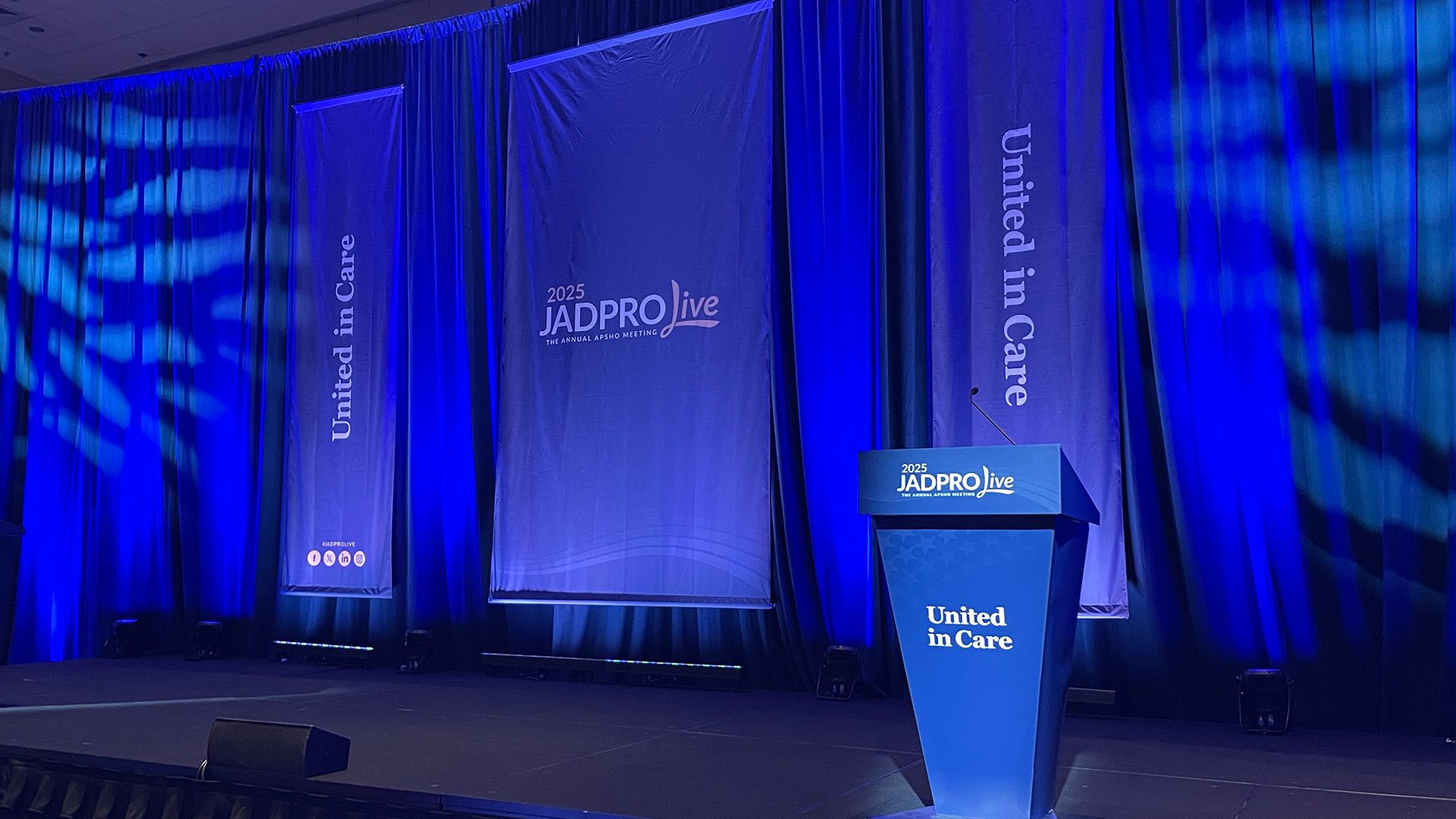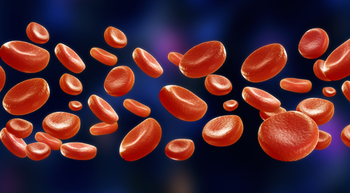
APP Optimization Model Increases Patient Access

A multisite advanced practice optimization model improved patient access through tailored interventions, including redistributing non-APP responsibilities.
A multisite model for advanced practice provider (APP) optimization led to enhanced patient access by improving clinical capacity, financial stability, operational efficiency, and retention, according to data presented at JADPRO Live 2025.
Due to increased accessibility to the oncology clinic resulting from the model’s interventions, the number of new oncology patients increased by 15% year over year, comparing the first quarter of fiscal year 2024 to the first quarter of fiscal year 2025.
In an interview with Oncology Nursing News, Eileen Vella, MS, PA-C, director of Advanced Practice Provider Services at The US Oncology Network, who shared the findings in a poster presentation at the meeting, shared these results at the meeting.
The model reduced the time to consult with an APP by 13.7%, equating to a 2-day reduction, which reduced patient “leakage.” The number of patients APPs saw per day increased to more than 12, increasing the average visitors per APP per day by 14% and the volume of visits by 7%. These changes improved patient access and APP utilization in oncology clinics.
Additional outcomes included the addition of new benign hematology consults, APP hospital consults, and a rapid diagnostic clinic. These strategies decreased wait times and increased the volume of visits with APPs, further improving patient access.
How was APP patient volume increased?
Benign hematology visits increased from 5% to 23% under the scope expansion interventions. APPs at involved clinics now see 25% of patients with benign hematologic tumors, according to the data reported. Vella said this was achieved partially by reallocating responsibilities outside of APP expertise.
“The APPs want to see more patients, but oftentimes there are a lot of other responsibilities or tasks that they’re assigned that perhaps don’t fall within their scope,” said Vella. “We do a deep dive [to] understand what the day of the APP looks like. Perhaps there are certain things that they do that could be shared—shifted to other members of the care team.”
The framework for the APP optimization model was strategically developed using a review of analytics available through a dashboard, an on-site assessment from clinical and operational subject matter experts, a tailored business case with strategic recommendations, and key performance indicator (KPI) tracking.
“We do a lot of review from a data analytics standpoint: understanding APP volume, from a scheduling standpoint, and also from a billing standpoint,” said Vella. “What makes our model special is [that] we go on-site. We go to these practices that are part of The US Oncology Network. We meet with the physicians, APPs, practice leadership, and other important stakeholders to understand what's going well from an APP standpoint.”
Vella explained that after assessing the teams, the reviewers identified opportunities for improvement and assembled a tailored business case with around 5 strategies recommended for practice.
Suggestions included interventions such as schedule optimization, billing and coding recommendations, and defining APP roles and expectations. APP teams picked 2 interventions to pilot at their respective institutions.
“Our goal here is to not just give the recommendation and run, but instead to help them move forward with those initiatives,” said Vella. “We’ll measure some KPIs as well so we can track our success.”
What’s next for APP optimization?
Plans for the APP optimization model include implementing the model at other practices, further delineating roles and responsibilities, and incorporating advanced data for real-time decisions.
“Speaking as an APP, when we feel like we’re contributing in a valuable way to the practice, we feel reinvigorated and inspired, and really want to make that contribution to the practice,” said Vella. “We always look at burnout and retention strategies, and this certainly is one of them.”
According to Vella and her coauthors, APP optimization is a necessity due to a 40% decline in APP workforce growth, along with a similarly declining trend in new physician numbers.
Reference
Vella E, Hulse C, Peskind E, Zanfardino J, Smith D. Optimizing advanced practice provider utilization in community oncology: a scalable model for enhanced patient access and operational efficiency. Presented at: JADPRO Live 2025; October 23-26, 2025; National Harbor, MD. Abstract JL1336C.
Newsletter
Knowledge is power. Don’t miss the most recent breakthroughs in cancer care.

















































































